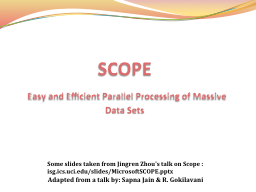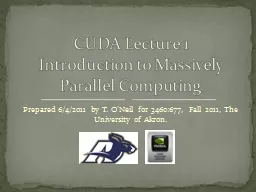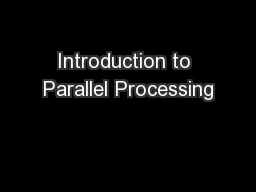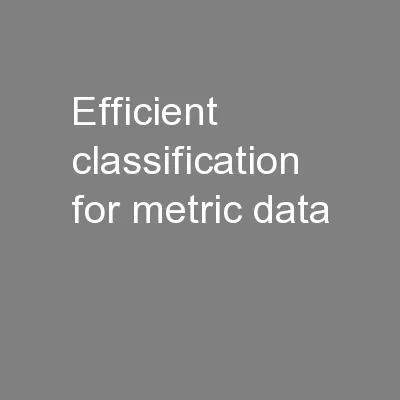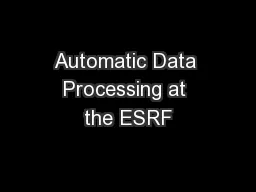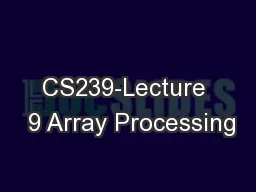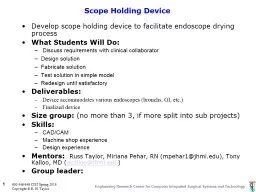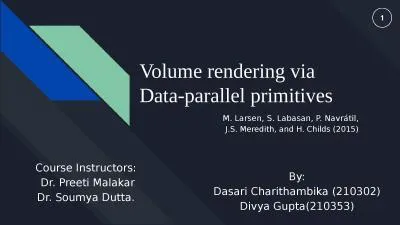PPT-SCOPE Easy and Efficient Parallel Processing of Massive Data Sets
Author : adah | Published Date : 2023-06-26
Adapted from a talk by Sapna Jain amp R Gokilavani Some slides taken from Jingren Zhous talk on Scope isgicsucieduslidesMicrosoftSCOPEpptx Mapreduce framework
Presentation Embed Code
Download Presentation
Download Presentation The PPT/PDF document "SCOPE Easy and Efficient Parallel Proc..." is the property of its rightful owner. Permission is granted to download and print the materials on this website for personal, non-commercial use only, and to display it on your personal computer provided you do not modify the materials and that you retain all copyright notices contained in the materials. By downloading content from our website, you accept the terms of this agreement.
SCOPE Easy and Efficient Parallel Processing of Massive Data Sets: Transcript
Download Rules Of Document
"SCOPE Easy and Efficient Parallel Processing of Massive Data Sets"The content belongs to its owner. You may download and print it for personal use, without modification, and keep all copyright notices. By downloading, you agree to these terms.
Related Documents

